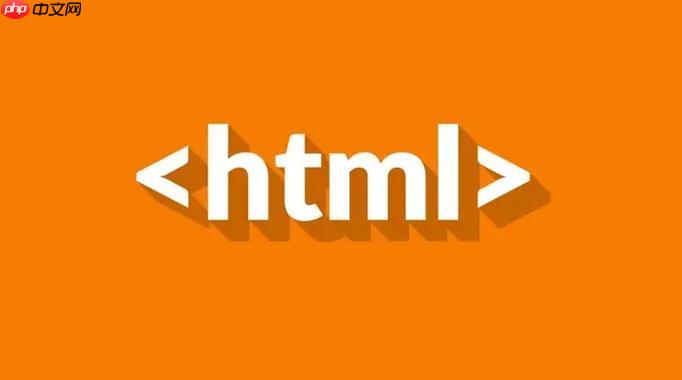
Head标签定义了HTML文档的元数据,也就是关于数据的描述性数据。它不直接显示在网页内容中,但对于搜索引擎优化(SEO)、浏览器行为、字符编码等方面至关重要。设置网页元信息,就是通过在head标签内添加各种meta标签来实现的。
解决方案:
<head>
<head>
<title>
<meta>
<link>
<style>
<script>
<base>
<title>
<title>
<title>
<meta>
name
description
keywords
author
http-equiv
content-type
refresh
charset
UTF-8
<meta charset="UTF-8"> <meta name="description" content="CoffeeLover提供来自世界各地的优质咖啡豆,在线选购,快速送达。"> <meta name="keywords" content="咖啡豆, 咖啡, 咖啡豆选购, CoffeeLover"> <meta name="author" content="CoffeeLover团队"> <meta http-equiv="X-UA-Compatible" content="IE=edge"> <meta name="viewport" content="width=device-width, initial-scale=1.0">
需要注意的是,过度堆砌关键词(keywords)可能会被搜索引擎视为作弊行为,适得其反。
<link>
rel
stylesheet
href
<link>
rel
icon
<link rel="stylesheet" href="style.css"> <link rel="icon" href="favicon.ico" type="image/x-icon">
需要注意的是,
href
通常建议将
<script>
<body>
</body>
head
<head>
如果放在
<head>
async
defer
<script src="script.js" async></script> <script src="script.js" defer></script>
async
defer
以上就是head标签有什么用?网页的元信息如何设置?的详细内容,更多请关注php中文网其它相关文章!

每个人都需要一台速度更快、更稳定的 PC。随着时间的推移,垃圾文件、旧注册表数据和不必要的后台进程会占用资源并降低性能。幸运的是,许多工具可以让 Windows 保持平稳运行。

Copyright 2014-2025 https://www.php.cn/ All Rights Reserved | php.cn | 湘ICP备2023035733号